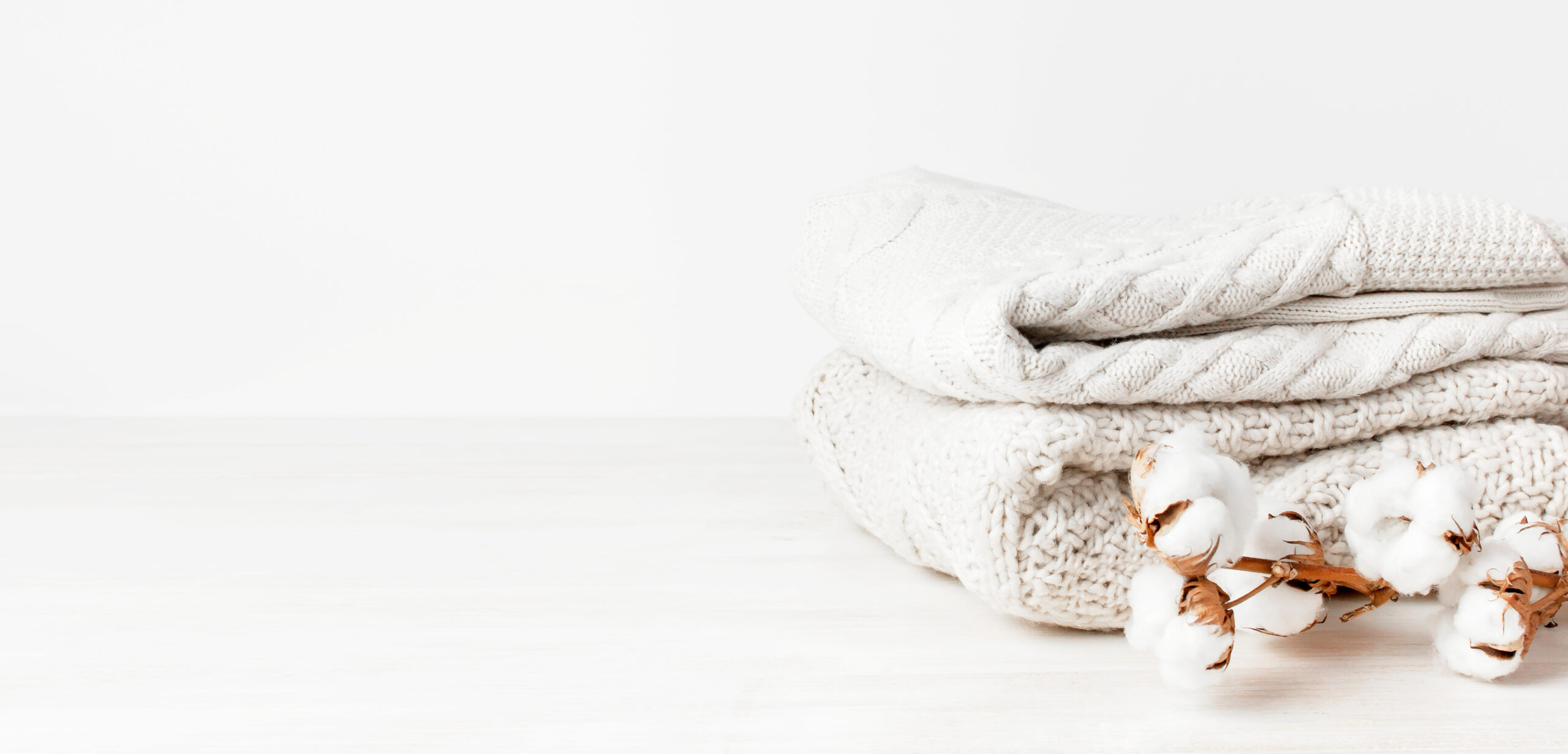
Nowadays the treatment of delicate garments in the solvent water is a well-known process and spread worldwide under the name “Wet Cleaning”. But what is the secret behind such a Wet-Cleaning process and why are some processes more advance than others. In this short essay I would like to shine some light on the Wet Cleaning 4.0 process and how it is able to clean even most delicate garments with nearly no risk.
 Indeed water is a well-known cleaning liquid since thousands of years. Water is an excellent solvent for many contaminants such as sugar, sweat, blood and many other water-based stains. Most of the stains are water-bound anyway. But the usage as a cleaning medium for delicate garments in machines with special Wet Cleaning programs is just over 30 years old. Nowadays even care labels for professional Wet Cleaning exists and can be found in many garments like outdoor garments or wedding dresses.
Indeed water is a well-known cleaning liquid since thousands of years. Water is an excellent solvent for many contaminants such as sugar, sweat, blood and many other water-based stains. Most of the stains are water-bound anyway. But the usage as a cleaning medium for delicate garments in machines with special Wet Cleaning programs is just over 30 years old. Nowadays even care labels for professional Wet Cleaning exists and can be found in many garments like outdoor garments or wedding dresses.
What makes such a Wet Cleaning process so special and what is the difference to a regular laundry? It is certainly a combination of a lot of factors and a simple picture will make it more easy to understand.
As a matter of fact, every cleaning process is influenced by 4 different factors, which are bound to each other: mechanical action, time, temperature and chemicals. This connection was found nearly 100 years ago and was named after a German surfactant chemist Herbert Sinner: Sinner’s circle.
Since the start of this excellent cleaning method the common opinion is that it is a gentle treatment of textiles with as little mechanical action as possible: moving a handwash into a professional washing machine. This results in relatively poor soil removal and therefore, more preliminary work must be done (pre-brushing, spotting).
If the mechanical action is highly reduced, the cleaning performance is defined by the temperature, the cleaning time and the amount of detergent. In the case of classic wet cleaning methods, the mechanical action is also considerably reduced, in addition to the temperature. This means that either the time or the amount of cleaning agents must be increased accordingly.
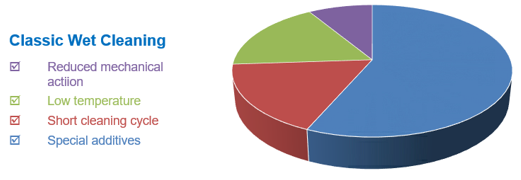
But with the appropriate additives and a smart process control, we can take advantage of higher mechanical action and thus a much better dirt removal. As a result we need less pre-treatment and with the help of a quite powerful detergent we gain excellent cleaning results even at low temperatures and short cleaning cycles.
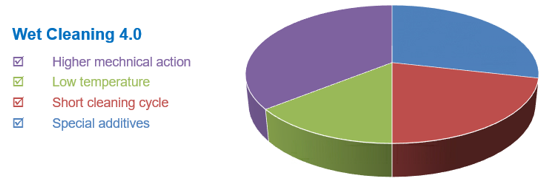
Wet Cleaning 4.0 brings the treatment of delicate garment in water to the next level. But why is this method so extraordinary?
In addition to a clever process control, it is the additives in particular that play a decisive role. In the first step of the process, the fibres of the textiles are protected from the subsequent cleaning process with a special additive. This protection is applied very quickly to the fibres and prevents damage during the cleaning process. This also allows us to use a stronger detergent and we do not have to rely on special wool detergents. This is a huge advantage, especially when it comes to cleanliness. This special additives will also minimize dye-bleeding or dye migration to other items in the same load.
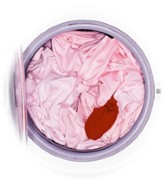 However, even with the high efficient dye transfer inhibitors incorporated in our products, it will every now and then happen, that dye will start to bleed. Sometimes it will happen within an item, as some colour starts to run into adjacent areas. This is indeed even more visible, if dark coloured areas are neighboured to white areas.
However, even with the high efficient dye transfer inhibitors incorporated in our products, it will every now and then happen, that dye will start to bleed. Sometimes it will happen within an item, as some colour starts to run into adjacent areas. This is indeed even more visible, if dark coloured areas are neighboured to white areas.
But also dark coloured items (dark red, dark blue) may have the tendency to lose some dye during the treatment in water. The worst case is indeed a forgotten coloured item in a white load. After the cycle all items are discoloured.
But fortunately BUFA developed a “Magic Drop”, a marvellous product, that can prevent discolouration even if the dye bleeds into the water. Reoxal, as we named the product, is able to encapsulate free dye pigments. Such captured dyes cannot redeposit onto any other items in the load.
Reoxal is so efficient, that even after the wash started, it can still be added via the soap hopper in the case of any visible dye bleeding. If the dye is already absorbed from other cloth, Reoxal is able to remove such non-fixed dyestuff. This impressive product is a must have for all modern Wet Cleaning operator.
But let’s get back to Wet Cleaning 4.0 after this brief interim comment. In the final rinse and finishing bath we prepare the fibres for the subsequent drying process. In contrast to traditional Wet Cleaning methods, we can dry most of the fabric in the tumble dryer. Another huge advantage in terms of productivity.
Talking about productivity; with the further development that leads to the Wet Cleaning 4.0 process, we wanted to compete directly with a classic dry cleaning process. A process that delivers ready-cleaned and finished garments within one hour. With Wet Cleaning 4.0 we are exactly within this time frame and deliver high quality garments dry-to-dry within one hour.
Dr. Joerg Schwerdtfeger
BUFA Cleaning System, Oldenburg, Germany
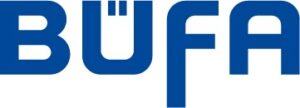
0 Comments